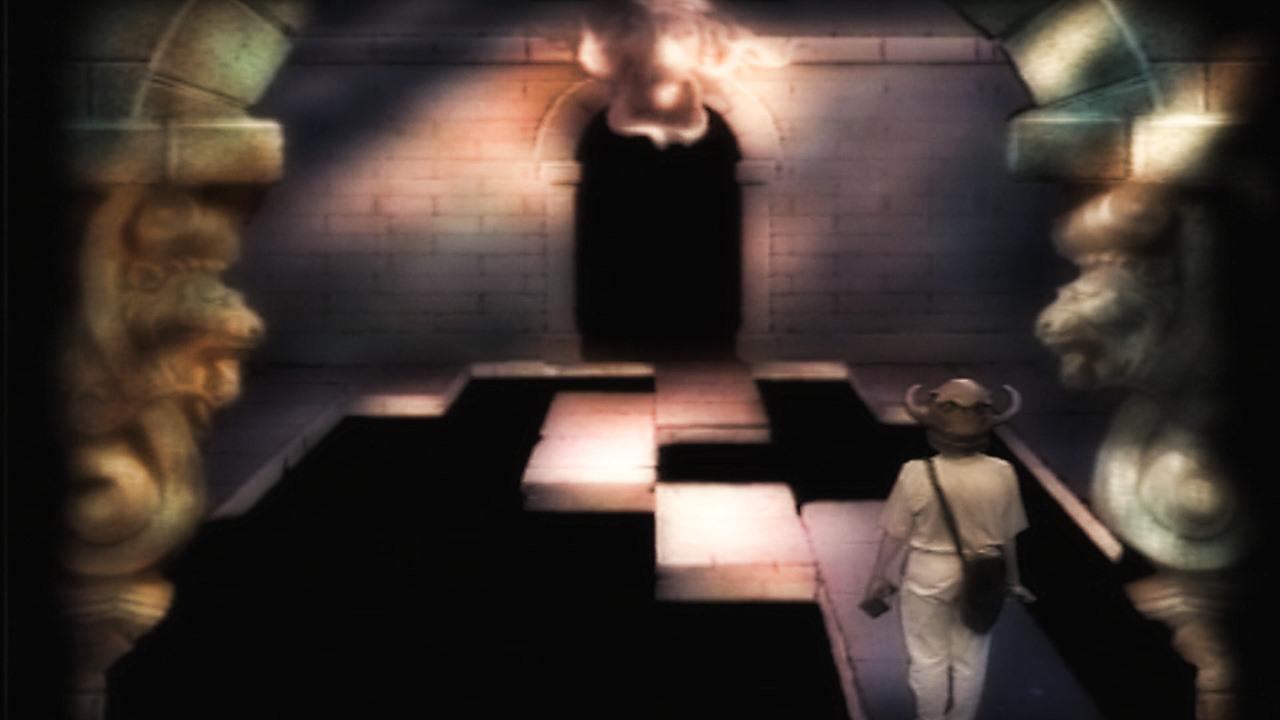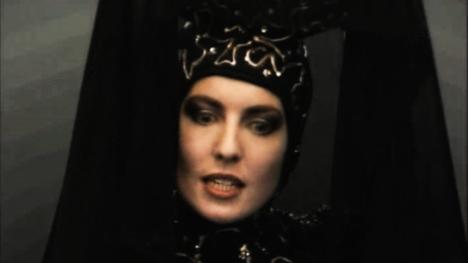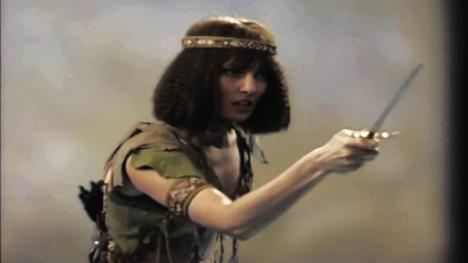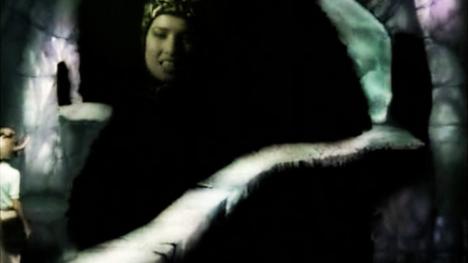What's new for Series 3 of Knightmare? A summary of the main differences.
Start of Series
Treguard recites a verse behind flames before the familiar title sequence.
Treguard: "Many from your world have accepted my challenge and even now the dungeon eagerly awaits them. So why, indeed, should we keep it waiting?"
He welcomes the first challenger.
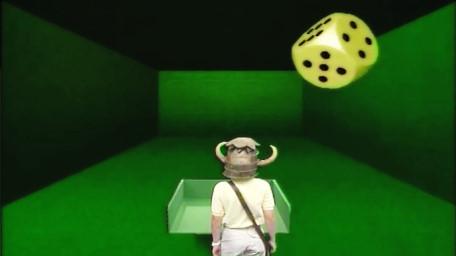
New teams receive the familiar preparation, with helmet, knapsack and warnings about the perilous nature of the dungeon.
Nothing beyond these doors is quite what it seems... However, use wit and logic and you have as good a chance as any!
Similarities and Differences
The dungeon is a clear development on the opening two series. New puzzles demonstrate the enhanced visual effects, with some using variants of the same room (e.g. Serpent's Tongue).
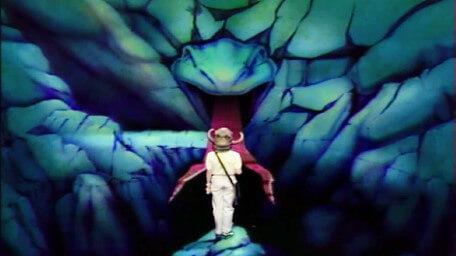
Similar to the first season, there were no winning quests. In spite of this (or perhaps because of it), Series 3 is deemed the favourite by many Knightmare fans.
View trailers/idents from 1989
Dungeon
A new opening room contained a table and a dice. A large dice would spin into the room and form a cove with three exits.
New 'dwarf tunnels' provided a transition between rooms. These were most frequently seen in Level 1 and sometimes used for pursuits.
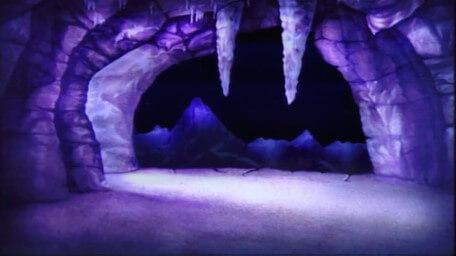
A new sub-quest required each team to discover three 'steps', which formed the pathway through Merlin's new chamber.
The transition between levels was no longer solely by wellway. A minecart tunnel provided the route from Level 2 to Level 3.
Characters
There were major changes for Series 3. Six of the nine cast members from 1988 were replaced. Some were like-for-like changes, such as Motley and Mellisandre in place of Folly and Gretel.
The new characters were also less confined to fixed locations. In place of Lillith, Cedric and Bumptious came Velda the Elf and Hordriss the Confuser, who were more adaptable across the levels.
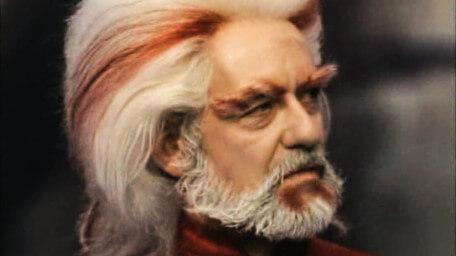
Despite adding a second opponent in Morghanna, interaction with the opposition was rare and limited mostly to Level 3. However, the introduction of goblins meant a regular threat across all levels.
Some of the characters introduced in Series 3 remained until the show ended.
Start of Episode
Treguard continues to introduce each episode with a 'progress report'.
Before we learn what the future holds, let's peer for a moment into the past.
A new crystal ball graphic is used to recap the previous episode.
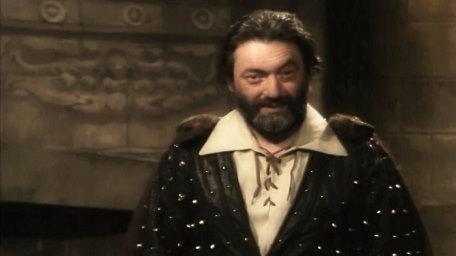
End of Episode
The bell tolls to signal 'time out'. Treguard now regularly refers to this as 'temporal disruption'.
Treguard: "You must join us again for Knightmare, for when the fire burns, the adventure returns."
With Series 3 came the first animated Broadsword logo - a sword entering the scabbard.
